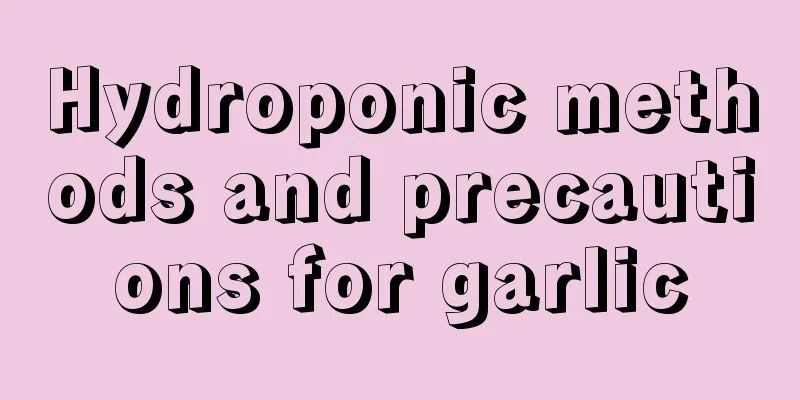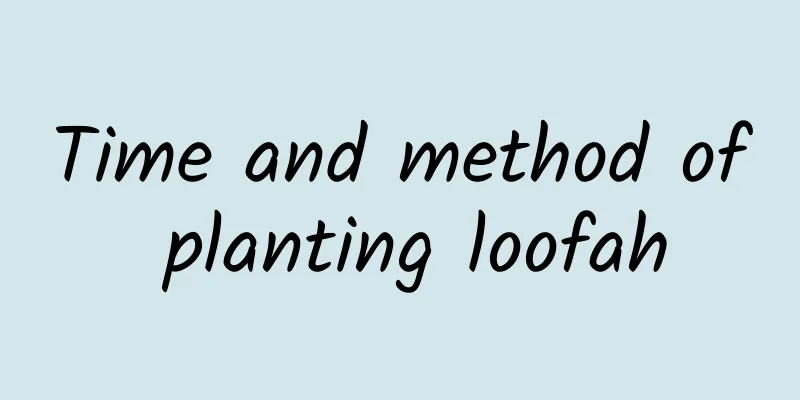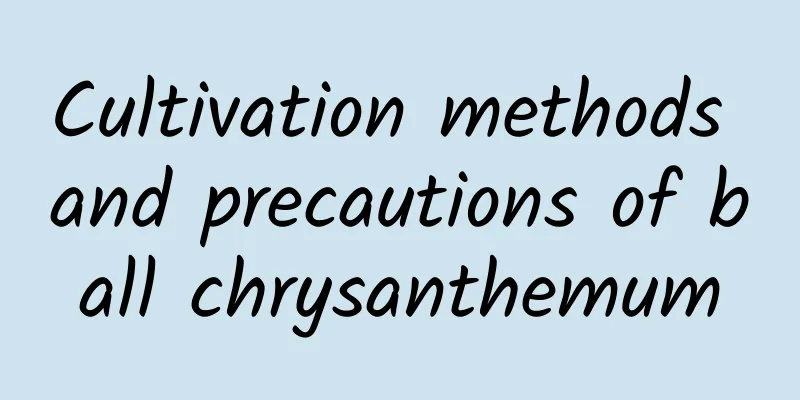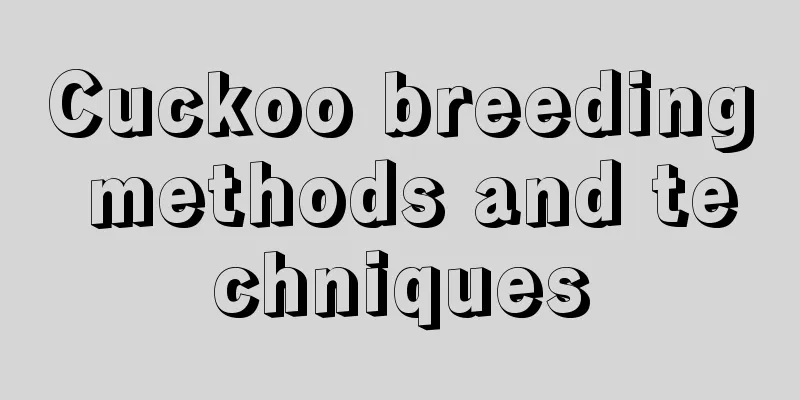How to grow henna well? Cultivation methods and precautions

|
Henna is a common ornamental flower and also a medicinal material. To cultivate henna, you need to fertilize it properly and water it when the soil is dry. There should not be any accumulation of water in the pot soil and you need to pay attention to ventilation. Summer is the flowering period of henna and it is necessary to avoid direct sunlight and spray the plant with water when the air is dry. If you do these things, the henna will grow very well. Key points of henna cultivationThe ideal growing environment temperature for henna is around 20 degrees. The temperature difference between day and night should not be too large. Too large a temperature difference will affect the differentiation of flower buds and the development of branches and leaves. Choose an area with sufficient sunlight, moist soil, and fertile soil. You can put some tiles at the bottom of the pot to prevent soil loss. The seeds are sown in March and April in spring. In the south, they can be sown directly in the open air, while in the north, the temperature is relatively low and they need to be sown in a greenhouse. The seedlings can be transplanted in about a month. Fertilizers should be applied after the seedling period. You can water them with some fermented rice water. Generally, fertilizers should be applied once a week to promote plant growth. Henna maintenance pointsHenna has high requirements for temperature. In a low or high temperature environment, the amount of flowers will be greatly affected. It is best to maintain the temperature changes as long as it does not harm the plant. Loosen the soil and weed regularly. The shape of the plant also needs to be controlled. The main trunk cannot continue to grow upward, otherwise it will grow too tall. While removing weeds, you can also remove the old leaves under the stems, and shorten the tops appropriately. This will allow nutrients to be more fully utilized, allowing more side buds to grow, and making the plant more beautiful. |
<<: What can I do if the mountain tortoise does not germinate?
>>: Pepper seed germination method Pepper seedling raising technology and steps
Recommend
How long does it take for a sunflower to bloom after it is planted? How long does it take for a potted sunflower to bloom after it germinates?
Sunflowers grow relatively fast and will bloom in...
How to propagate plum blossoms
1. Cutting method Plum blossom cuttings are usual...
How to reproduce Dendrobium primula
Reproduction method What we are mainly talking ab...
What to do if Gardenia leaves turn yellow and fall off (Causes and solutions)
1. Improve ventilation Reason: Poor air circulati...
How to propagate white palm
1. Seed propagation When using this method of rep...
How to propagate yellow rose
The propagation of Rosa lutea by division Rosa ru...
How to repot ivy
1. Method of removing the pot The first thing we ...
How to plant fresh Dendrobium? Planting techniques and methods
Fresh Dendrobium growth environment requirements ...
The difference between Camellia and Tea Tree
1. Difference of blades Camellia leaves are leath...
Can juice be planted on the balcony?
Can juice be planted on the balcony? Juice Balcon...
How often should you fertilize vegetables at home?
1. Fertilization frequency The interval time vari...
I have 3 pots of flowers at home. Not only are they beautiful and easy to grow, they can also bring good luck!
Huahua grows three kinds of flowers at home: hone...
When is the apricot blossom blooming?
1. Which season? Apricot blossoms bloom in spring...
How often should you water your cherry tree?
How often should you water your cherry tree? Cher...
How to breed mirror grass
1. Division method This method is very easy to op...









